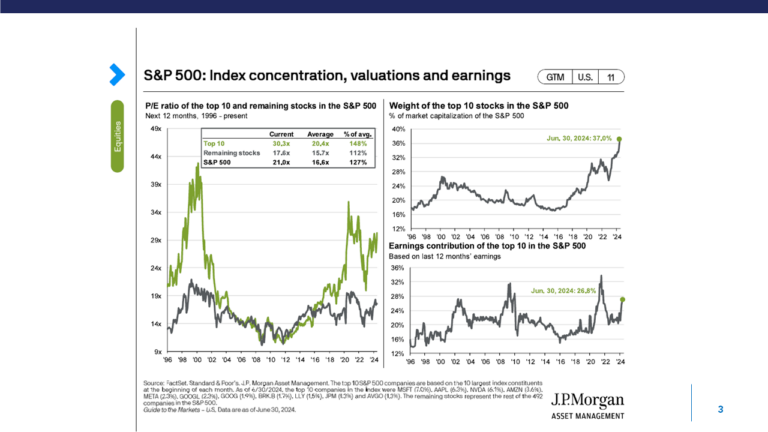As the IRS does every year, all the tax brackets are increasing by the annual inflation amount. This is beneficial because it gives the consumer the ability to keep up with the rising cost of living. But don’t worry, it’s really just a regular IRS tax adjustment and not any major overhaul like we had a few years ago.
2020 Tax Brackets for Single Tax Payers
| Taxable Income | Tax Rate |
| $0 – $9,875 | 10% |
| $9,875 – $40,125 | 12% |
| $40,125 – $85,525 | 22% |
| $85,525 – $163,300 | 24% |
| $163,300 – $207,350 | 32% |
| $207,350 – $518,400 | 35% |
| $518,400+ | 37% |
2020 Tax Brackets for Married Filing Jointly
| Taxable Income | Tax Rate |
| $0 – $19,750 | 10% |
| $19,750 – $80,250 | 12% |
| $80,250 – $171,050 | 22% |
| $171,050 – $326,600 | 24% |
| $326,600 – $414,700 | 32% |
| $414,700 – $622,050 | 35% |
| $622,050+ | 37% |
Head of Household 2020 Tax Brackets
| Taxable income | Tax Rate |
| $0-$14,100 | 10% |
| $14,100-$53,700 | 12% |
| $53,700-$85,500 | 22% |
| $85,500-$163,300 | 24% |
| $163,300-$207,350 | 32% |
| $207,350-$518,400 | 35% |
| $518,400+ | 37% |
Married Filing Separately 2020 Tax Brackets
| Taxable Income | Marginal Tax Rate: |
| $0-$9,875 | 10% |
| $9,875-$40,125 | 12% |
| $40,125-$85,525 | 22% |
| $85,525-$163,300 | 24% |
| $163,300-$207,350 | 32% |
| $207,350-$311,025 | 35% |
| $311,025+ | 37% |
Standard Deduction:
The standard deduction is an amount you can deduct from your total taxable income for the tax filing year.
The standard deduction has increased in 2020 to the following limits:
- Single or married filing separately: $12,400
- Married filing jointly: $24,800
- Head of household: $18,650
IRA Contribution Limits
In 2020 you can contribute up to $6,000 to a Roth IRA or a Traditional IRA. If you are older than 50 you get an additional $1,000 catch up provision that would bring your maximum contribution to $7,000.
401(k), 403(b), and 457(b) Contribution Limits
You are probably most familiar with these types of plans. If you have one through your employer it’s important to know that there is a limit to how much you can contribute each year.
These three plans allow you to contribute up to $19,500 in 2020. This amount is up from $19,000. If you are older than 50, you can “catch-up” and contribute $6,500 which is up from $6,000. If you are over age 50, this brings your total allowable contributions to $26,000.
Child Tax Credit
The IRS allows you to take $2,000 for each qualified dependent. You can qualify for this credit if your dependent was under the age of 17 at the end of that tax year and you have enough earned income. This credit begins to phase out at $200,000 of modified adjusted gross income for single filers, or $400,000 for married couples filing jointly.
Capital Gains and Qualified Dividends
In taxable brokerage accounts you have to pay tax on any realized gains. There are a few ways an advisor can help you reduce your tax bill when it comes to capital gains, but when you are subject to tax, below are the new 2020 rates for capital gains and qualified dividends below:
| Long-Term Capital Gains Tax Rate | Single Filers (Taxable Income) | Married Filing Jointly | Heads of Household | Married Filing Separately |
| 0% | $0-$40,000 | $0-$80,000 | $0-$53,600 | $0-$40,000 |
| 15% | $40,000-$441,450 | $80,000-$496,600 | $53,600-$469,050 | $40,000-$248,300 |
| 20% | Over $441,550 | Over $496,600 | Over $469,050 | Over $248,300 |
Alternative Minimum Tax (AMT)
The AMT ensures that certain individuals pay at least the minimum amount of tax required by the IRS. This is generally for high income earners and is calculated differently than the normal tax calculations. The 2020 exemptions are:
| Filing Status | Exemption Amount |
| Single Individuals | $72,900 |
| Married Filing Jointly | $113,400 |
HSA Contribution Limits:
An HSA, or health savings account, is a great way to save for those unexpected medical expenses and reduce your overall tax bill. They are only available for those on a high deductible healthcare plan, but offer the ability to save pretax dollars for qualified medical needs.
For 2020, an individual can save $3,550 and a family can put aside $7,100. These numbers are up $50 from last year.
The limits mentioned in this article can be confusing at times. We recommend talking to a CERTFIED FINANCIAL PLANNER™ professional who has extensive knowledge and training in this area, and in many cases, using a qualified tax preparer to assist with your filing each year. With the proper planning, you can lower your tax burden and ensure your money lasts throughout your retirement.
Robert Decker
Financial Planning Associate


